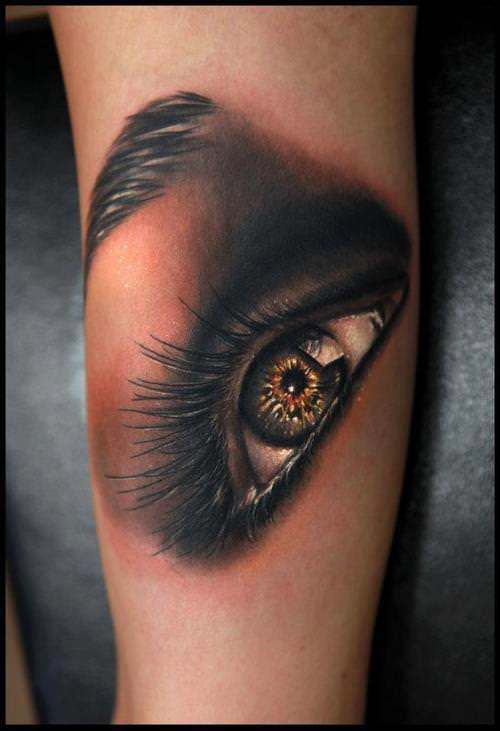
The word tattoo, or tattow in the 18th century, is a loanword from the Samoan word tatau, meaning "to strike". The Oxford English Dictionary provides the etymology of tattoo as "In 18th c. tattaow, tattow. From Polynesian (Samoan, Tahitian, Tongan, etc.) tatau. In Marquesan, tatu." Before the importation of the Polynesian word, the practice of tattooing had been described in the West as painting, scarring or staining.The etymology of the body modification term is not to be confused with the origins of the word for the military drumbeat or efficiency — see military tattoo. In this case, the English word tattoo is derived from the Dutch word taptoe.The very first written reference to the word tattoo (or tatau) appears in the journal of Joseph Banks (24 February 1743 – 19 June 1820), the naturalist aboard explorer James Cook's ship HMS Endeavour: "I shall now mention the way they mark themselves indelibly, every of them is so marked by their humour or disposition".[5] The word tattoo was brought to Europe by Cook, when he returned in 1769 from his initial voyage to Tahiti and New Zealand. In his narrative of the voyage, he refers to an operation called "tattaw".
Tattoo enthusiasts may refer to tattoos as "ink", "pieces", "skin art", "tattoo art", "tats" or "work"; to the creators as "tattoo artists", "tattooers" or "tattooists"; and to areas exactly where they perform as "tattoo shops", "tattoo studios" or "tattoo parlors".Mainstream art galleries hold exhibitions of both conventional and custom tattoo styles, such as Beyond Skin, at the Museum of Croydon. Copyrighted tattoo designs that are mass-produced and sent to tattoo artists are known as "flash", a notable instance of industrial design.[8] Flash sheets are prominently displayed in a lot of tattoo parlors for the objective of offering both inspiration and prepared-made tattoo images to clients.
The Japanese word irezumi means "insertion of ink" and can mean tattoos using tebori, the classic Japanese hand technique, a Western-style machine or any strategy of tattooing utilizing insertion of ink. The most widespread word utilized for classic Japanese tattoo designs is horimono. Japanese may use the word tattoo to mean non-Japanese styles of tattooing.
Related Images with Realistic Eye Tattoos Watch over the World Ratta TattooRatta Tattoo
Skin Art – 3D Tattoos by Victor Portugal
3D Tattoo on Upper Back Tattoos Photo Gallery

3D Tattoos Add a New Dimension to Tattoo Art « Tattoo Articles « Ratta Tattoo
3D Tattoos: 15 Amazingly Cool 3D Tattoos ODDEE
thank you for visiting this site post about 3d tattoo artist, i hope you enjoy it.



Post a Comment
Post a Comment